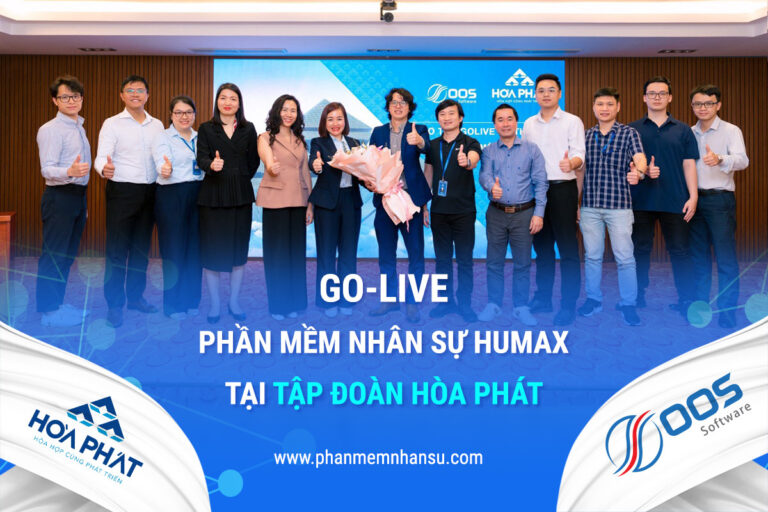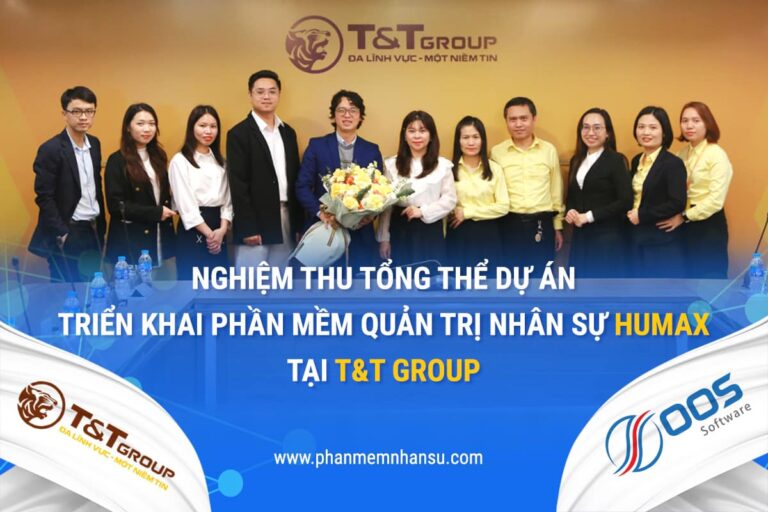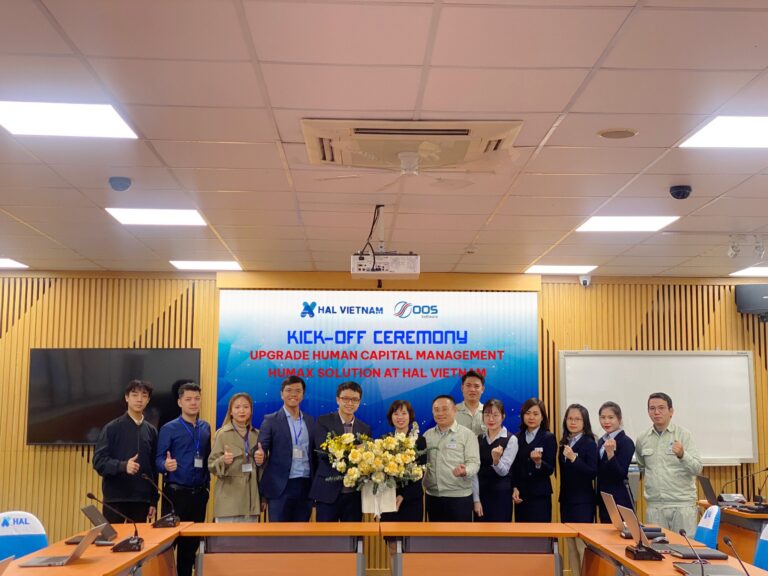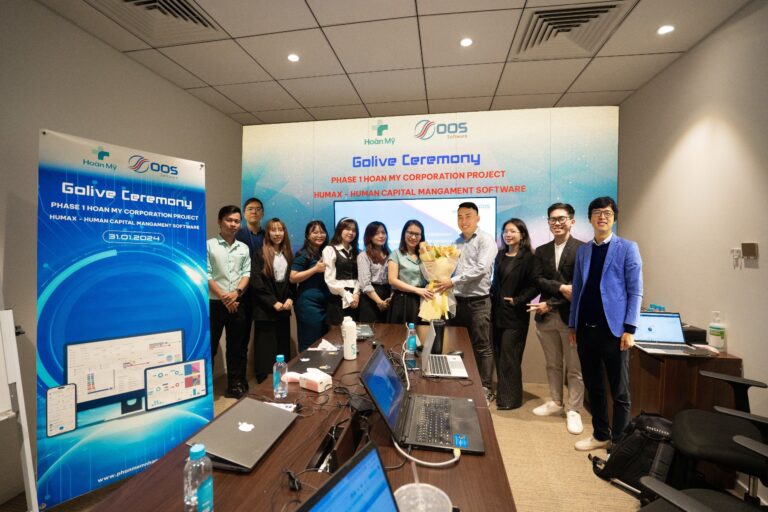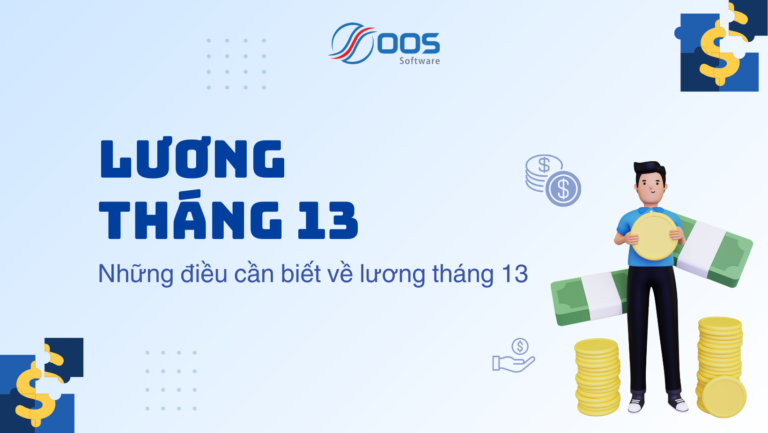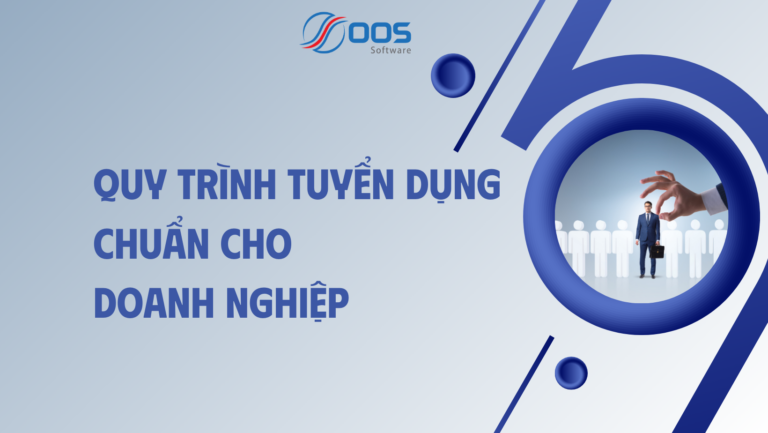Faced with the risk of lagging behind in competitiveness in the context of globalization and international integration, more than ever, the human factor needs to be properly recognized and used by domestic enterprises. .
The strategic role of HR
When building or positioning a business, usually capital and technology factors are considered the key to the development strategy, while the human resource factor is often not given much attention, especially in the start-up stage. head. The lack of attention or inadequate attention to the human resource factor can lead to "short of breath" or being removed from the "battle round", once the level of competition increases dramatically in breadth (number of of competitors and sources of competition from many sides) and depth (variety, price and quality of products in the market).
After all, human resources are the main agents that generate capital and generate new ideas; At the same time, it also assumes the role of selecting and applying advanced technologies and executing expenditures to improve business performance. In many cases, capital and technology can be mobilized and implemented; But building a team of enthusiastic, dedicated, appropriately qualified and effective employees is much more complicated and expensive. Therefore, to be able to survive in the long term, a company (no matter how large or small) needs to focus on enhancing and promoting the responsiveness of human resources through all stages of the growth cycle. of the enterprise.
The first step in building a competitive advantage and enhancing the viability of an enterprise is to identify and recognize the strategic role of human resources, as demonstrated through key activities and specific targets. entity of the enterprise. For example, a company's board of directors may assert its interest in human resource development by establishing a permanent and professional human resource management department at a relatively high level in its organizational structure. the company. At the same time, in order to increase the persuasion, the board of directors also showed their determination by setting and incorporating targets on human resource development and performance evaluation (for each function) into the long-term strategy. of the company.
Although the importance of personnel changes in each stage (initiation, growth, maturity and decline), the transparency and consistency is maintained through the main stages throughout the development cycle of the company. a business.
The main functions of human resource management
In general, human resource management activities in an organization (public or private) revolve around four main axes: attracting and recruiting personnel, appointing and employing personnel, and training and developing personnel. , motivating and retaining personnel, re-creating personnel.
An enterprise can create a competitive advantage thanks to a dynamic staff, responsiveness, high professionalism and appropriateness. The prerequisite to have a quality human resources team is that all levels of employees and leaders in the company must be recruited and developed (continuously) according to the set feasibility criteria, that is, is associated with the overall long-term strategy of the enterprise.
When the management of the four key activities mentioned above has been good, with the support and consensus of employees at all levels (with the same goal), in a harmonious relationship between employees and the board of directors in the At the company, the problem of human resources has almost been satisfactorily solved: Labor productivity is increased, targets are fulfilled, necessary skills are trained in a timely and reasonable manner, employees are encouraged and commensurate rewards, employees' enthusiasm and loyalty to the company are high... helping enterprises to overcome the tough challenges of competition and integration.
Effective use of human resources
 One of the natural reactions of businesses to increase their competitiveness is to downsizing, restructuring or reorganizing in the hope that fewer employees will save money. costs and the company will be leaner, more manageable and more efficient. In fact, practical experience shows that reducing the number of employees has little effect on the ability of an enterprise to increase competitiveness. Conversely, in many cases, businesses can gradually lose valuable potential or skills (competencies) as a result of waves of change that have no clear purpose and are ineffective.
One of the natural reactions of businesses to increase their competitiveness is to downsizing, restructuring or reorganizing in the hope that fewer employees will save money. costs and the company will be leaner, more manageable and more efficient. In fact, practical experience shows that reducing the number of employees has little effect on the ability of an enterprise to increase competitiveness. Conversely, in many cases, businesses can gradually lose valuable potential or skills (competencies) as a result of waves of change that have no clear purpose and are ineffective.
Management experience shows that an enterprise can only create a competitive advantage when it has a solution to rationally use different human resources for each requirement on human resource management. In principle, it is possible to classify two main human resources: the core group of employees and the additional group of temporary employees (temporary employees) or outsourcing.
As a concrete example, a company does not need to maintain specialized functions for security, transportation, payroll or cleaning, but can “outsource” to specialized companies providing services. this with lower cost and more guaranteed quality. In doing so, the company can “streamline” to focus on developing and using the “core” staffing component. In case of shortage of personnel according to the project (installation of a new machine system, temporary management) and "seasonal" (project management, additional production), the company can recruit personnel " term” (contractual) or “short-term hire” from other employment service companies (see chart).
It should be noted that enterprises need to have a specific human resource policy in order to effectively use possible human resources in the direction of developing and implementing the foundation strategy of the enterprise. For example, a company needs to "outsource" and exploit the solution of "additional human resources" to the fullest extent, but it needs to retain strategic activities to ensure the sustainability of the company such as management finance, research and product development (R&D).
To do this, an enterprise needs to have long-term development and fostering solutions for "potential" and "capable" employees to fill appropriate positions/positions. At the same time, it is also necessary to apply reasonable "screening" measures to maintain and develop an organic core human force on the one hand; on the other hand, reduce the composition of "unused" and "redundant" human resources (redundant or surplus) by using more effective methods of employment (temporary or outsourcing).
(Source: Saigon Economy)

